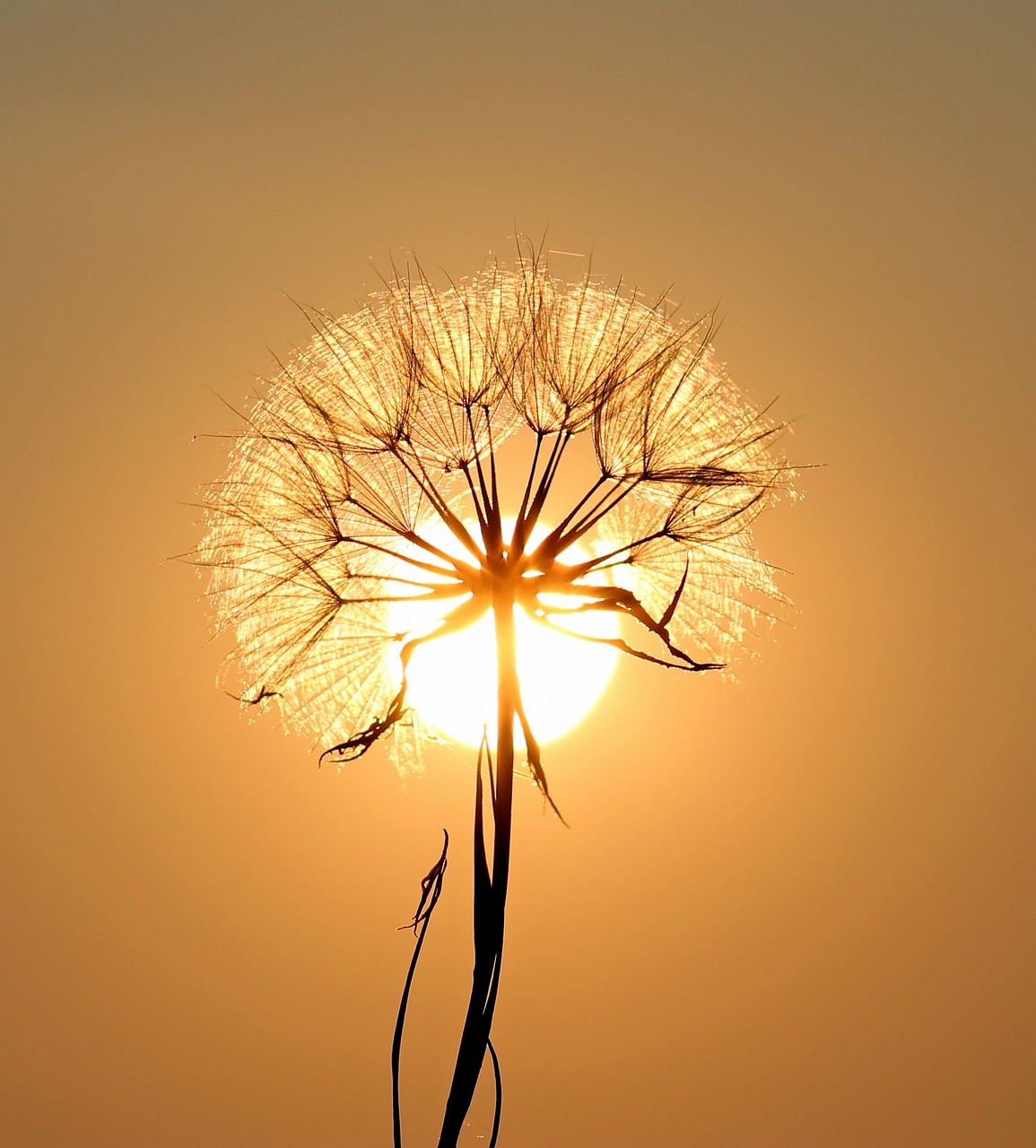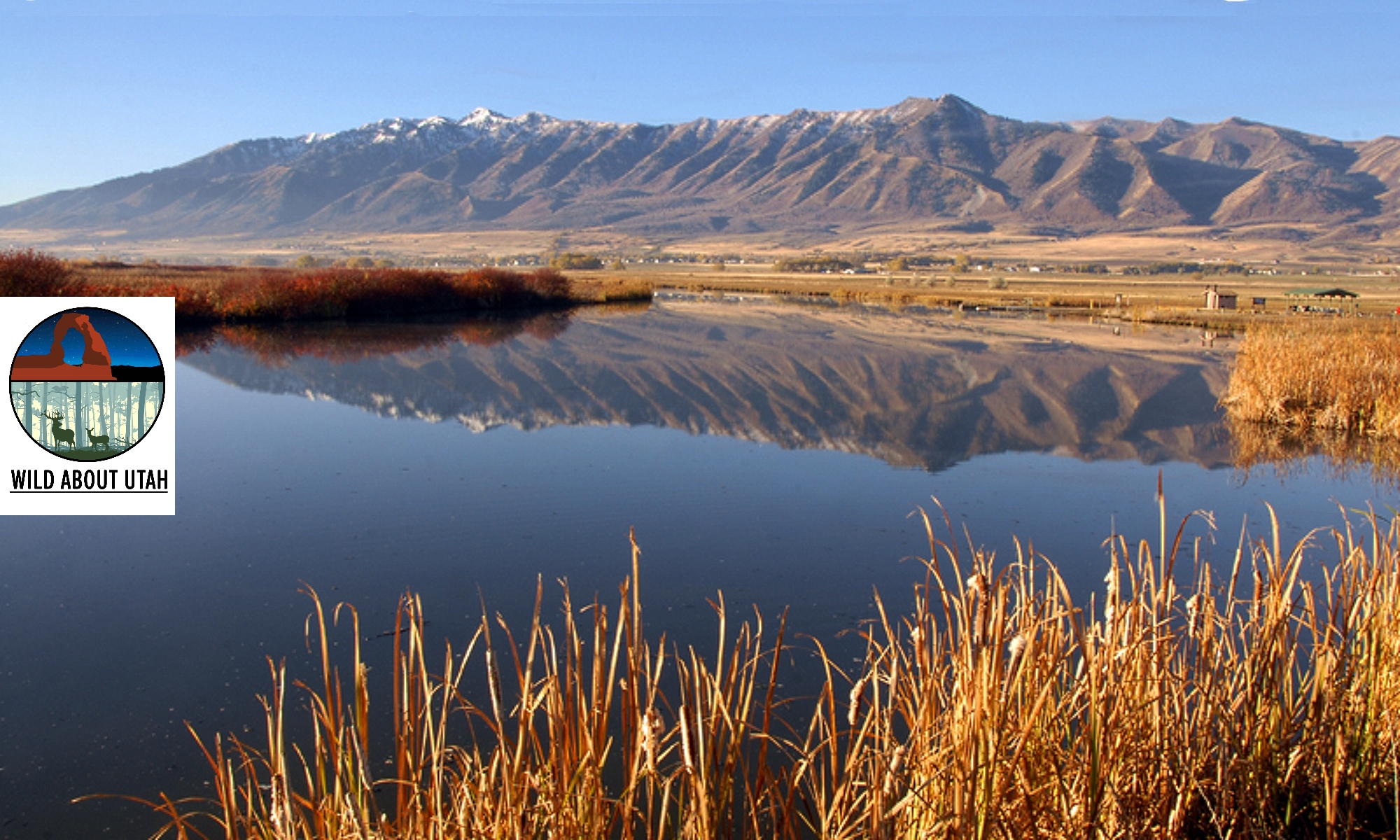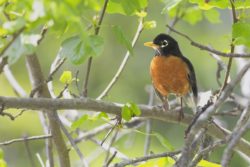
What you’re about to hear
Is the opinion of someone who really does care
I oscillate between an optimist
And a pessimist who doesn’t want his dreams to come true
Maybe you’re like me
But hopefully you’re like you
Now I may and often do complain, critique, and crack
But it’s because I want us all to do better
Leaders, followers, neighbors, you, and me
Better nice
Better good
However, with these benevolent intentions
I do freely admit to have a hidden top-secret cryptic agenda:
My hope that we don’t stop at better
But instead be our best
Best nicer
Best gooder
Impossible? No.
Improbable? We’ll see.
I have hope.
Adaptive Palate
The tomatoes ripen quicker
The peach leaves scorch deeper
The neighbor’s grass drinks more
And seeing all this it’s hard not to as well
Hot
Hot
Hot hot
Too hot
To hot
Ambition
Change isn’t a four-letter word
It’s at least five
Six even depending on how you spell it
Three if you know geometry
Unless you’re thinking about cash
July
I can’t hear through the firecrackers
The crickets,
the owls,
My thoughts,
the baby’s breathing
The dogs hide from the booms
The screaming town children joust with screaming Roman candles
Squires ready to blindly defend their k/nights
Baby
My wife and I, but mostly my wife
Honestly exclusively my wife
Had our first child in June
A daughter
Born this spring
Living through this summer
Her first
She’s seen the hottest days since records began
And not just her records
All of them
The hottest weeks
The hottest June
The hottest July
But she doesn’t complain about it necessarily
I do though
My wife does
The dogs do
Our friends do
Not all of our neighbors do
But a lot of them
OK maybe not a lot of them
But at least the ones we talk to
Some of those ones do
The rest are ready for the end
And engorge their lawns in the sun accordingly
While baby sleeps
While baby dreams
While baby has tummy time
While baby gets strong
While baby eats and eats and poops and eats
While baby grows
While baby slowly learns about the world she lives in
Cache Valley Desert
Personally, I can’t wait
Until Cache Valley is a desert
I want those early mornings just outside my door
Those cool desert mornings
When the snakes are in their dens
And the birds are working their plains
I’m ready for crepuscular adventures
Siestas
For the end of the era of turf
And for the beginning of the age of roadrunners
Meep meep!
Humble
Evaporation
Five whole feet
But where are all the pelicans
Four whole feet
But why is there still dust
Three whole feet
But shouldn’t it be more
Two whole feet
But where did it all go
One whole feet
But ten more are needed
But ten whole feet
Isn’t that impossible
It is with that attitude
So let’s change it
Change us
And work
I’m Patrick Kelly and I’m Wild About Utah
Credits:
Images: Courtesy Pixabay, Adina Voicu, Contributor https://pixabay.com/photos/dandelion-sun-backlighting-1557110/
Audio: Courtesy & © J. Chase, K.W. Baldwin and Anderson, Howe, Wakeman
Text: Patrick Kelly, Stokes Nature Center, https://www.logannature.org
Additional Reading
Wild About Utah, Posts by Patrick Kelly
Stokes Nature Center, https://www.logannature.org/


